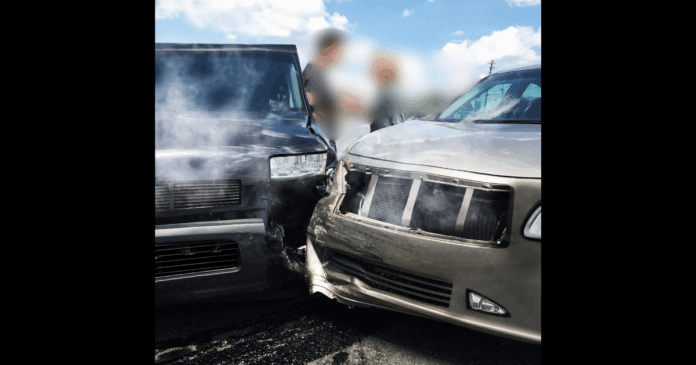Road rage, an all-too-familiar phenomenon on congested streets and highways, is more than just aggressive driving. It’s a complex issue deeply intertwined with mental health, affecting individuals and communities alike. Road rage manifests in various forms, from verbal insults and rude gestures to dangerous maneuvers that endanger lives.
When faced with an extremely angry motorist, there are only two possible responses: to be confrontational or to practice avoidance.
Meanwhile, Dr. Dwight Hennessy, a professor and chair of the Psychology Department at Buffalo State University, shared his insights on Speaking of Psychology, the flagship podcast of the American Psychological Association.
Hennessy explained that driving is generally stressful. Combine this with heavy traffic can be a recipe for disaster.
“In our discipline, there’s different ideas about those. Road rage is usually referred to as the major things, like the really dramatic, violent kinds of actions, whereas we tend to talk about driver aggression as maybe the milder things that happen,” he said.
According to an article published on “Psychology Today,” road rage involves both emotion and the ability to regulate emotion.
How to Ensure You are Not a Road Rager
Here are some practical reminders:
- Give yourself enough time to get to your destination so you won’t feel pressured to drive aggressively or take risks.
- Prepare your car. Fill up your gas tank, bring your phone, input your destination into your GPS, and handle any other needs before heading out to avoid unnecessary stress. Your emotional state matters too.
- Don’t drive just to release frustration. Instead, ensure you’re calm and emotionally stable before getting behind the wheel—never drive while consumed by anger.
- Beyond steering clear of negative emotions, cultivating positive ones can also help create a safer driving environment. Safe driving depends on patience and empathy. Maybe that slow driver has a reason, or the hesitant one at a green light is simply being cautious.
Ultimately, we should all prioritize each other’s safety and aim to reach our destinations without harm, for our own sake and for those we care about.



